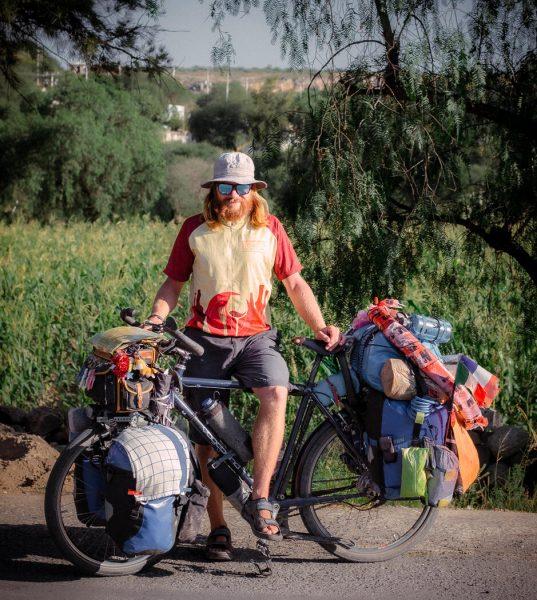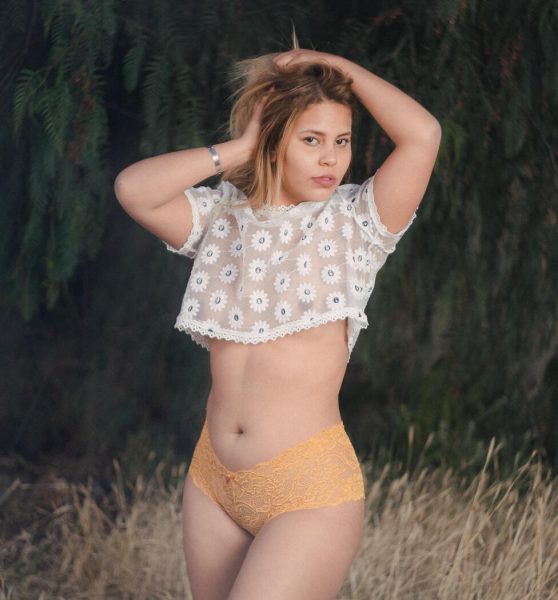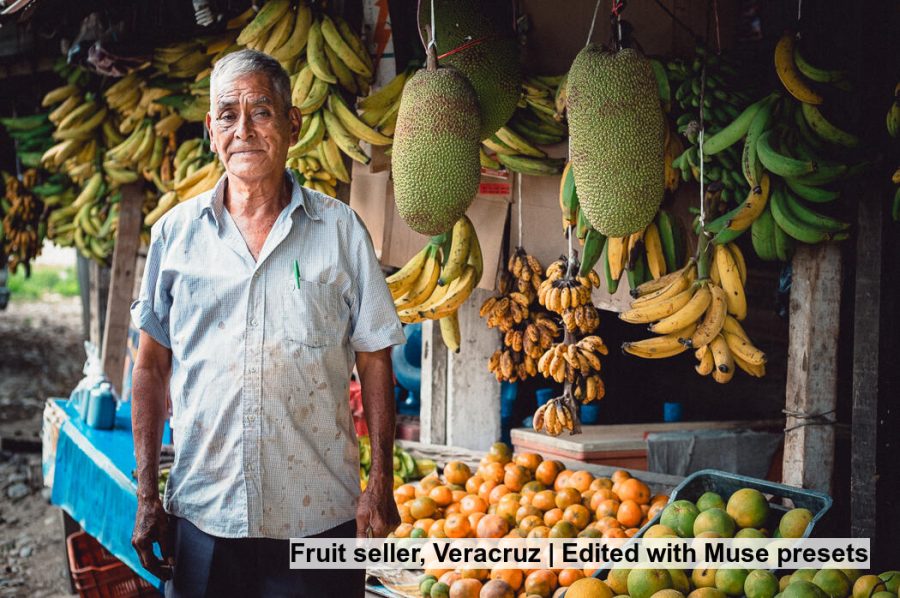The best lens, Your best lens! What you should take on the plane? What should you buy next?
The twist here is I’m not here today to tell you the best lens model. We’re going deeper. The real answer to the best lens may not not your sharpest or most expensive lens. It’s the lens baht inspires YOU today! But in today’s video, we’re going to make some practical comparisons.
Here’s what they don’t tell you in lens reviews.

I can be out shooting and have a plan. I’m shooting for Black and White. I know I’l come back and use Silver presets (download the free preset mini pack here) and Blackroom actions to make it amazing.
Maybe I’m out shooting landscapes on a razor-sharp 24mm like my Canon Tse V2. I see the frame, I know I can come back and get the look I need with a few tweaks from Natural HDR (free preset – styles pack here) and Alchemist to make it sing.
But what lens? The prime, the zoom. Wide or slow? Watch my video comparing foacl lengths and then we’ll come back. While I’m using Fuji primes here for focal length, this will apply to any lens you use.
I admit despite Zooms seeming more practical, I usually feel more in control and inspired with primes. But then sometimes you need to travel light, maybe you’re doing a shoot where you need video and fast changes.
Here are my personal favorite focal lengths (35mm equivalent) after over 20 years. Yours may be different of course.
- Landscape and cityscape – 24mm
- Street and lifestyle – 35mm
- Weddings general use – 50mm
- Portraits and fashion 80mm and 135mm

It’s good to have a main AF lens kit that includes zooms or primes so you’re covered. But then try new things. An old 28mm vintage that cost 20 times less might give me the look I want over a $3000 landscape prime. My Fuji 90mm f2 (135 eqiv) is one of my favorite portrait lenses ever. But some days I will scrap it for an old Russian Helos 1-5 or a Classic Fujinon 50mm 1.4 that I bought off eBay for $50.
I have a lot of lenses. The same 4 or 5 are usually on my camera. But it’s often not my fanciest glass. I love small F2 primes on my Fuji Cameras for example because they are cheap, and optically sound and the way they handle makes me feel inspired to shoot. Solid metal, manual aperture rings etc. yes these things are subjective. But those details and how they affect our creativity can change a lot.
Wide angle or Telephoto lenses? It’s about compression and atmosphere.
Even if you bring a zoom like a classic 70-200. Maybe you pairthat with a 35-70 so you have nearly the huge range in two lenses for taking on a trip. Deciding focal length does matter and I made this video looking at a wide range of prime focal lengths for that reason. In it I compare the feel of a Fuji 16mm f2 vs a Fuji 23mm vs a Fuji 35mm f3 vs a Fuji 50mm f2 anda Fuji 90mm f2. But it does not matter if you’re not a Fuji user. This is not a sharpness test it’s about the aesthetic you get from each focal link on any brand.

As photographers, it’s important to know that a wide lens is not just more view and a close lens is not just a short view, regardless of it;’s aperture. The way longer and shorter lenses compress your scene changing everything and you’ll see that in the video.
See what I mean. Even with the same light and aperture. It’s not the same. So deciding, wide, mod or tele is important. Just like deciding whether you want a sterile razor sharp lens or a vintage glass with a swirly bokeh like a Helios 2!
In the end, your best lens is what inspired you to be the most creative. I know if I shoot a razor-sharp lens UI can use actions like Blackroom or Lumst and create more atmosphere much as we did in the darkroom. I know if I use a softer vintage lens I’m more locked in it, but after my final edit, I can get a look that’s totally unique.
You will know your best lens when you start shooting with it. Fast glass is good, but worry less about that and more about the soul of the photos you create.
If I had to choose only one creative lens, it would probably be a 50mm as it’s so vertaile. If I had to choose one all-around travel lens, I would probably take a 24-70 or 35-70 Zoom. But I would miss my prime glass. In the end, pick the lesn that will inspire you to be creative Today!
Tell me in the comments what you think is your best lens!


Actually my best lens is my eye. It looks first, then see and then choose the right lens according to hat it has seen.
Besides I use the 35 mm & 24mm full frame most of the time.